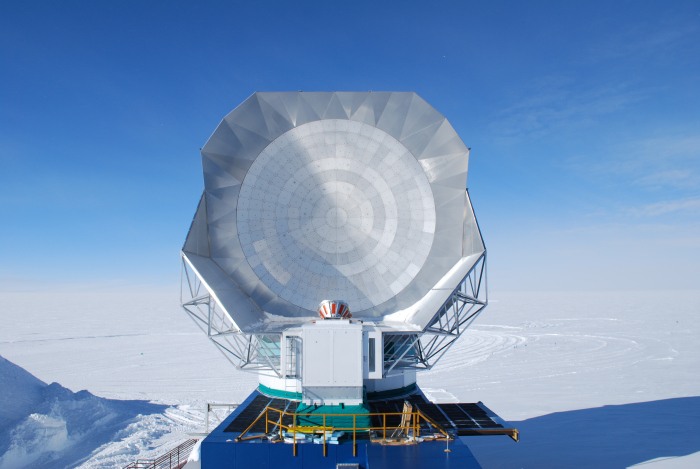Scientists From Event Horizon Telescope Project Turns to HGST Helium HDDs
To capture data from super-massive black hole Sagittarius A*
This is a Press Release edited by StorageNewsletter.com on August 24, 2015 at 2:51 pmHGST, Inc., a Western Digital Corp. company (WDC), announced that the Event Horizon Telescope (EHT) project is using HGST Ultrastar HelioSeal HDDs to store imaging data from the super-massive black hole, Sagittarius A*.
HGST’s HDDs are the first and only helium-filled HDDs in the world. The hermetically sealed Ultrastar HDDs being used by the EHT represent a breakthrough in storage technology, which results in higher capacity and lower power consumption when compared to air-filled HDDs. In addition, HGST’s proprietary HelioSeal technology enables the storage arrays created by EHT to capture information at high altitudes where traditional air-filled HDDs would fail.
Thirty-four observatories and universities around the world are collaborating to form the Event Horizon Telescope project. The goal of the EHT is to create the first image of a black hole boundary, known as the event horizon: the point at which the force of gravity is so great, even light cannot escape. By bringing black holes into focus, the EHT will enable astronomers to study space-time in the most extreme environment in the universe. However, black holes are so distant that they span a very small area of the sky, so the EHT group is assembling a telescope that has the highest magnifying power possible from the surface of the earth. To do this, the EHT uses a global array of telescopes in 10 geographic locations around the world, recording data at a rate of 64Gb/s. When the resulting petabytes of data are processed at a central location, the EHT becomes a virtual radio dish as large as the earth that can resolve objects 2,000 times finer than the Hubble Space Telescope.
“HGST’s contribution to the Event Horizon Telescope project has helped EHT accurately capture and store the massive amounts of data coming in from all the telescopes located around the globe,” said Shep Doeleman, professor, Harvard-Smithsonian Center for Astrophysics/Massachusetts Institute of Technology, who directs the Event Horizon Telescope project. “Using sealed helium drives was the only way to ensure that data could be captured in remote locations, such as our high-altitude observatory in Mexico, where all other storage devices physically failed. Additionally, the high capacity of each drive ensured that we were able to build denser and fewer enclosures overall.“
Weighing in at four million times the mass of the sun, the Sagittarius A* black hole lies at the center of the Milky Way galaxy, where gas and dust obscure the view in optical light. Radio waves, however, can freely stream from deep within the gravity well of Sagittarius A* and travel 25,000 light years to earth. There, the largest and most sensitive radio dishes on the planet capture signals from the event horizon of Sagittarius A* using custom built high-speed data recorders. This technique, known as Very Long Baseline Interferometry (VLBI), cross-references recordings made across the Americas, Antarctica, Hawaii and Europe, and will soon be capable of rendering a visual representation of a black hole. By resolving the shadow cast by the black hole against the hot gas falling inwards, the EHT will be able to test theories set forth by Albert Einstein, and for the first time visually capture the first image of a black hole.
“HGST’s hermetically sealed helium drives are uniquely suited for the harsh ambient environments being experienced by the Event Horizon Telescope group. Couple that with the raw storage capacity of HGST’s HelioSeal drives, and Dr. Doeleman’s team of astronomers have the only reliable storage platform capable of capturing an image that will go down in history,” said Brendan Collins, VP of product marketing, HGST. “The Event Horizon Telescope project is set to capture the first ever visual image of a black hole, and HGST is thrilled that our helium HDDs are the only enabling storage technology that can help push those boundaries of science and research.“














 Subscribe to our free daily newsletter
Subscribe to our free daily newsletter

